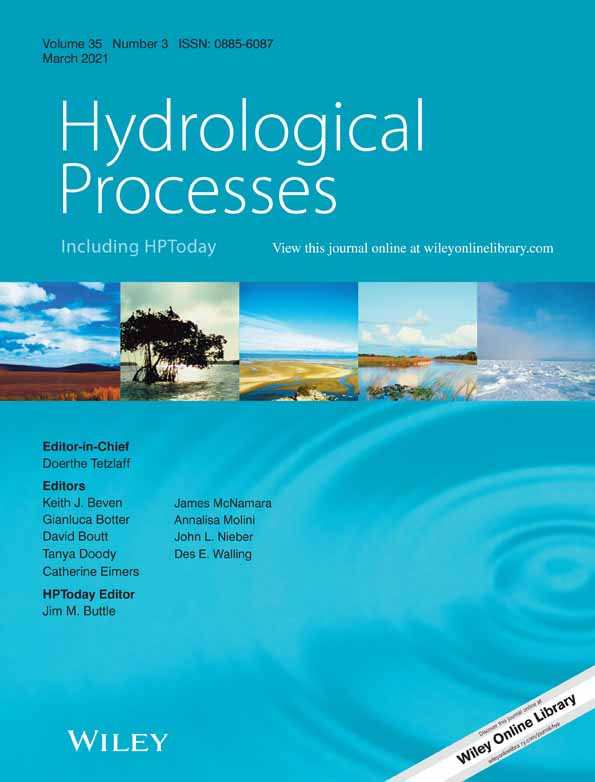Long-term ecosystem and biogeochemical research in Loch Vale watershed, Rocky Mountain National Park, Colorado
Abstract
Loch Vale watershed was instrumented in 1983 with initial support from the National Acid Precipitation Assessment Program to ask whether ecosystems of Rocky Mountain National Park (RMNP) were affected by acidic atmospheric deposition. Research and monitoring activities were expanded in 1991 by the U.S. Geological Survey Water, Energy, and Biogeochemical Budgets program to understand the processes, and their interactions, controlling water, energy, and biogeochemical fluxes. With help from many collaborators we have characterized trends and patterns in atmospheric deposition, climate, and hydrology, including glaciers and other ice features. Instead of acidic deposition, we documented high atmospheric inputs of reactive nitrogen (Nr), and have studied the ecological consequences in soils, surface water, and vegetation. Using paleolimnology, we documented the onset of human-caused change to lake primary producers ca. 1950 in response to increased Nr deposition and warming. Our results provided the basis for the Colorado Nitrogen Deposition Reduction Plan, a state policy that aims to reduce Nr emissions to protect resources in RMNP by 2032. Carbon cycle research revealed mountain wetlands now release more carbon than they store, and respiration and methane flux occurs even during winter through deep snow packs. Trend analyses found export of Nr to be closely tied to atmospheric inputs, but can lag in response to drought. Current research explores consequences of the combination of warming, changes in precipitation dynamics, and atmospheric deposition of Nr and dust on stream and lake CO2 dynamics, lake biology and trophic state, and soil carbon composition. Dramatic increases in park visitors have prompted studies on the effects of recreational use on water quality. New tools such as remote sensing and high frequency instream water quality sensors are being applied to lake and stream studies. Monitoring, combined with experiments, models, and spatial comparisons is an essential foundation for science-based resource management.
Open Research
DATA AVAILABILITY STATEMENT
LVWS data include physical, chemical, biological, and meteorological records, all publicly available (Table 1).




